Gunntown Rd. / Gunntown
GUNNTOWN – GUNNTOWN RD.
By Sandra Clark
Nathaniel Gunn came to Towantic Meadows, a section of Judd’s Meadows, in 1733. He was then 24 years old. He bought a large tract of land at the base of Lewis Hill, from John Andrew. By 1799, the Gunn Family had acquired much more land. They bought the land and possessions of John Lewis, the John Weed and Hawkins farms, and the Abram Ward lands. By this time the Gunn Family land reached the Derby lines. Nathaniel called that section of Judd’s Meadow “Gunntown”.
Nathaniel raised a large family in Gunntown and remained the largest landowner in that section of Judd’s Meadow until his death in 1769.
During the Revolutionary War, the Gunns held strong Tory convictions. They became involved in the Chauncey Judd story one cold winter night in 1780. Chauncey was on his way home when he was recognized by a gang of Tories and was forced by them to travel to Long Island. When they reached Jobamah Gunn’s house, the Tories forced Jobamah, at gunpoint, to let them stay in his barn until morning. Eventually, the kidnappers were captured and Chauncey was released from captivity. Their strong Tory convictions did not help the Gunns social prominence, but they did survive as wealthy landowners until 1813.
One of Nathaniel’s sons, hearing that the Gunn family had fallen into second place as landowners, quickly purchased more farmland and re-established the Gunn family into first place. Nathaniel Gunn’s son, Jobamah, carried on all kinds of enterprises in Gunntown. He even had a Deer Park on land that was named for Joseph Lewis – “Joe’s Hill”.
In 1776, through the efforts of Enos Gunn, Sr., the Southwest Schoolhouse was erected in Gunntown.
In 1803, the Episcopal Church was petitioned for in Gunntown through the efforts of Jobamah Gunn and others. The church was completed in 1806 through the monetary and in kind donations of the parishioners. In 1831 the church was dismantled and hauled, piece by piece, in an oxcart 2 ½ miles away to the center of Salem Bridge where it was set up. It was ready for use in 1832 and became St. Michael’s Episcopal Church. A cross of stones marked the site of the church in Gunntown and the property reverted back to the Gunn family.
At one time in Gunntown there was a red brick general store built by Enos Gunn’s family built a general store in Gunntown. The first proprietor was Enos’ son, Samuel. The last proprietor was Samuel’s son-in-law, Larmon Townsend. He remained proprietor until he moved to Middlebury. When the building was demolished, the bricks were used to build the Nichols block on the corner of Main and Maple streets.
Jobamah’s son, Isaiah, bought land that extended from the Naugatuck River to the terraces where he lived. It was known as Gunn Hill (later named Millville Ave.)
The Gunns were a very self-sufficient family. It was however with the help of 16 slaves that they were able to be self-sufficient. They operated their own mill, general store, blacksmith shop, distillery, and farm.
Source - Naugatuck Historical Society Newsletter, May–June 2005 issue
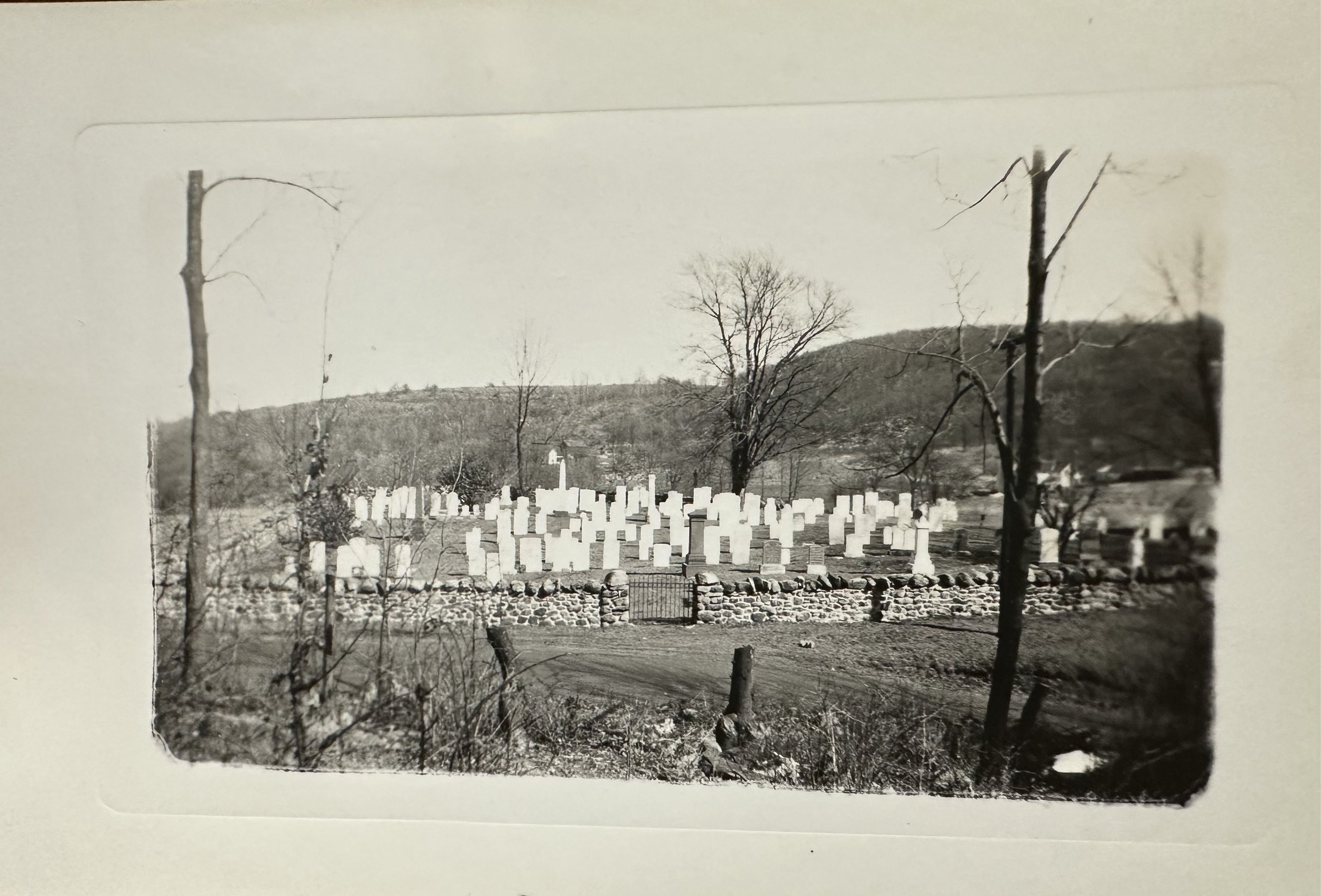
Gunntown Cemetery - 3/7/1937

Red Oak School - 3/7/1937

Enos Bradley Place Gunntown (Undated)
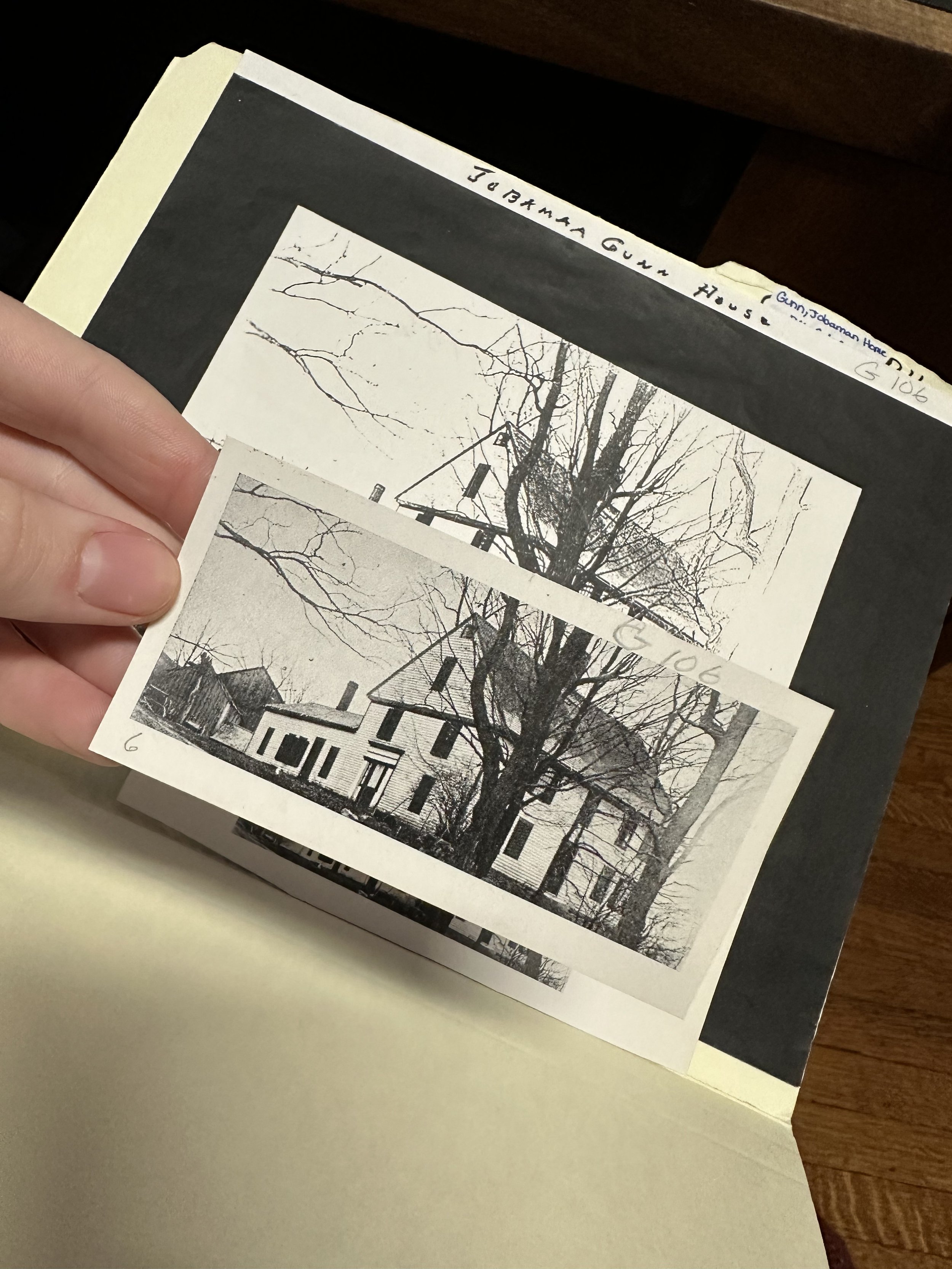
Jobamah Gunn House - Webb Rd. (Undated)
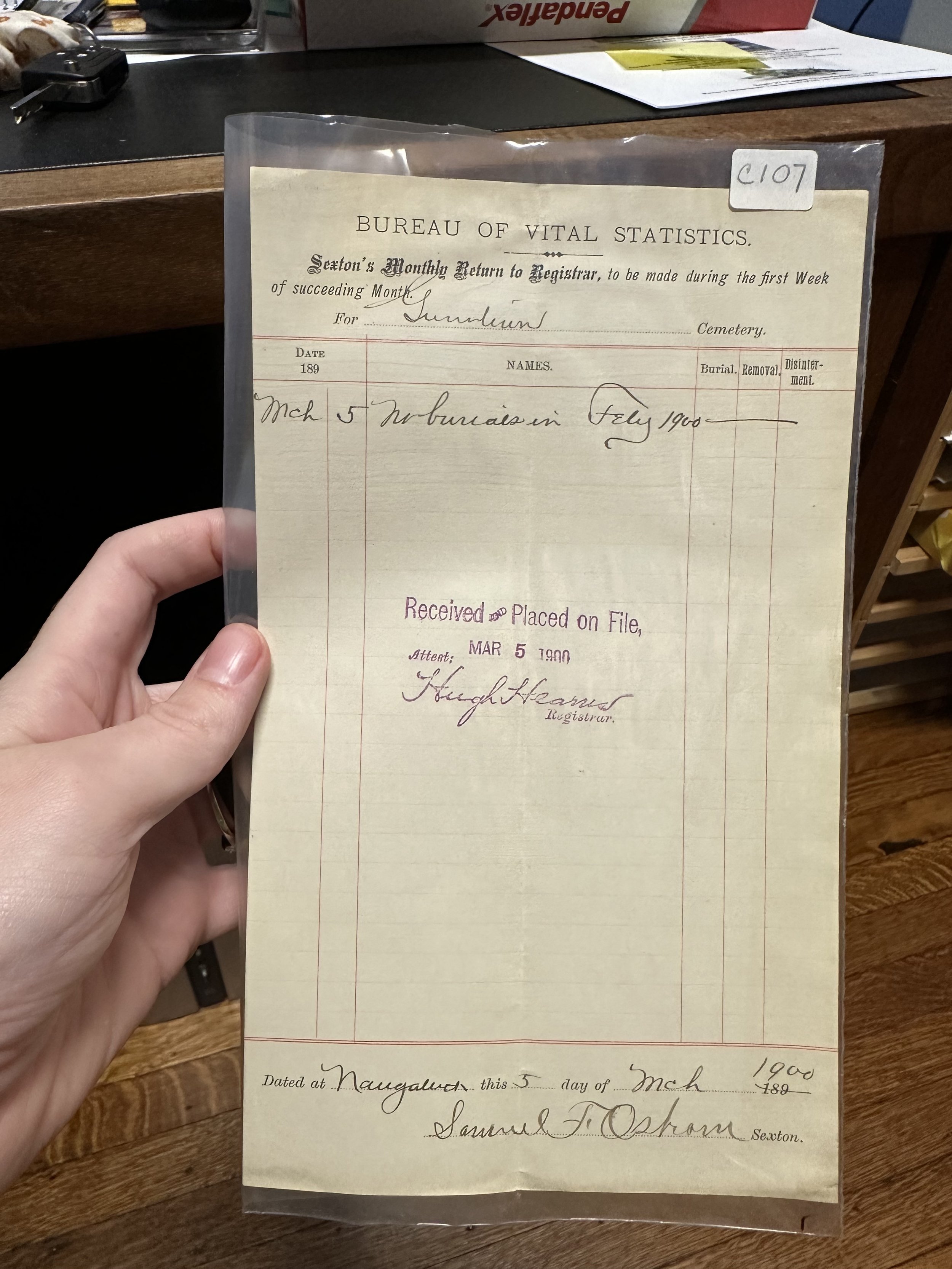
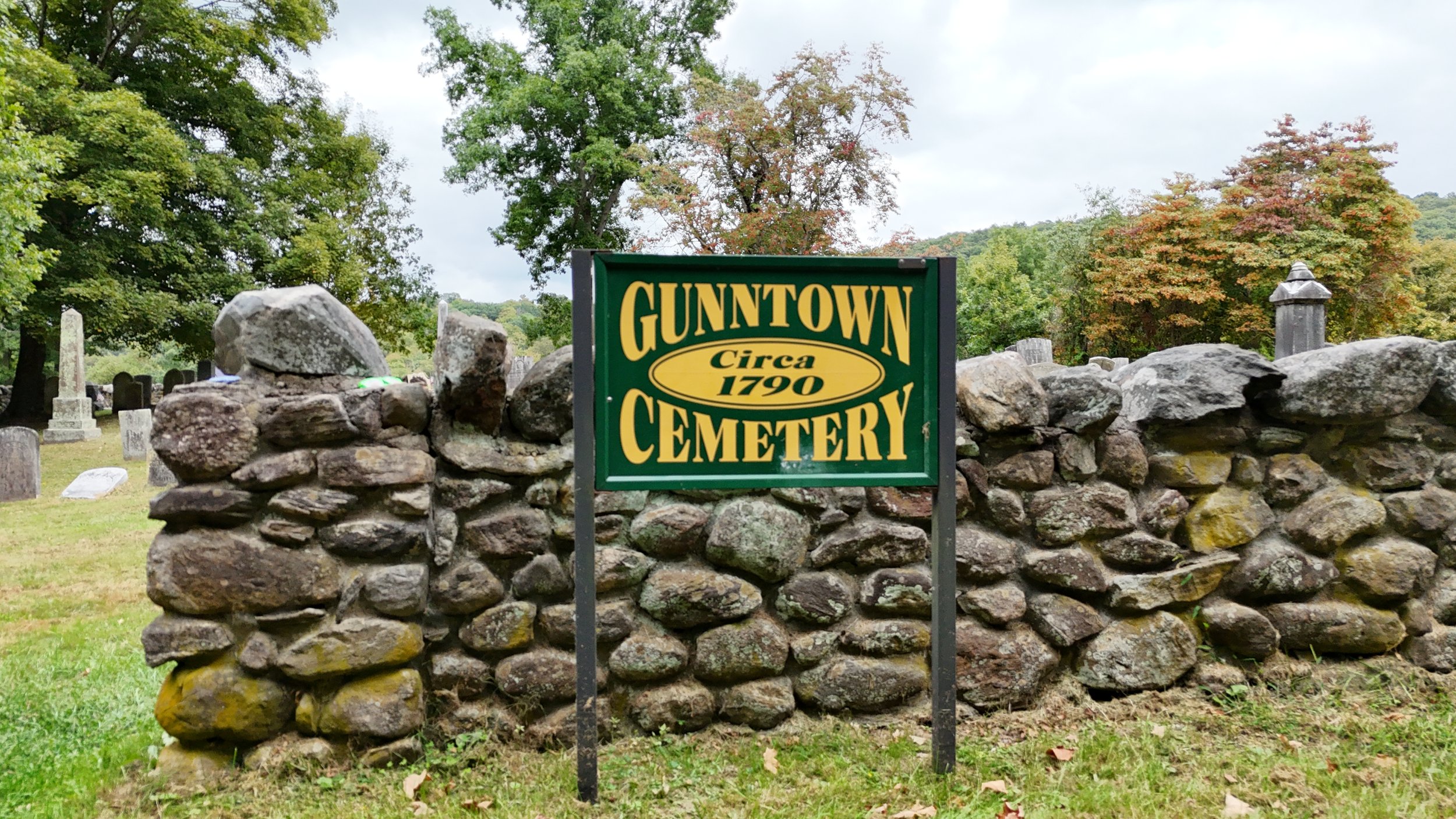
Gunntown Cemetery - 9/23/2024 Photo Credits: Taylor Bennett
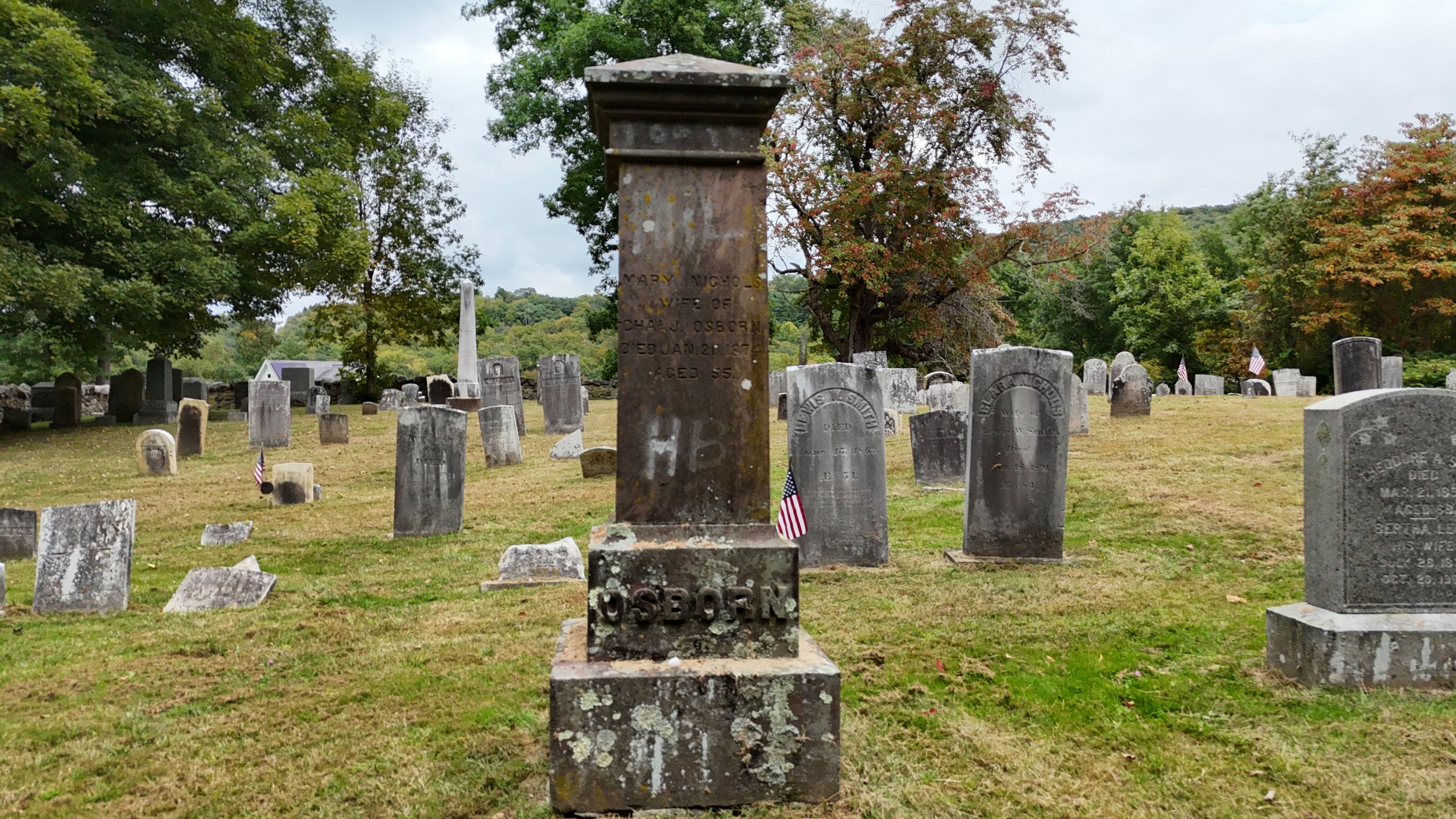
Gunntown Cemetery - 9/23/2024 Photo Credits: Taylor Bennett
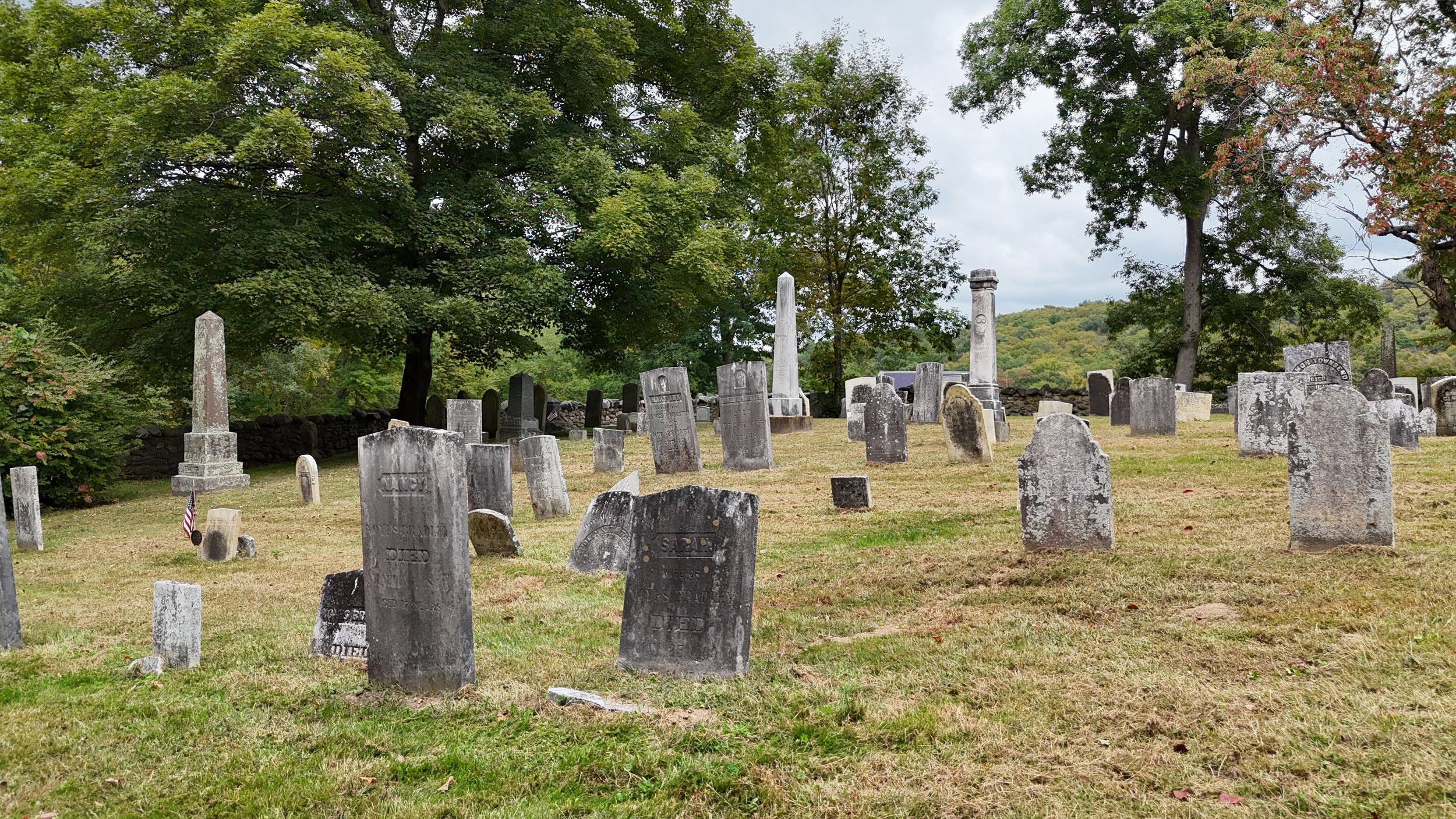
Gunntown Cemetery - 9/23/2024 Photo Credits: Taylor Bennett
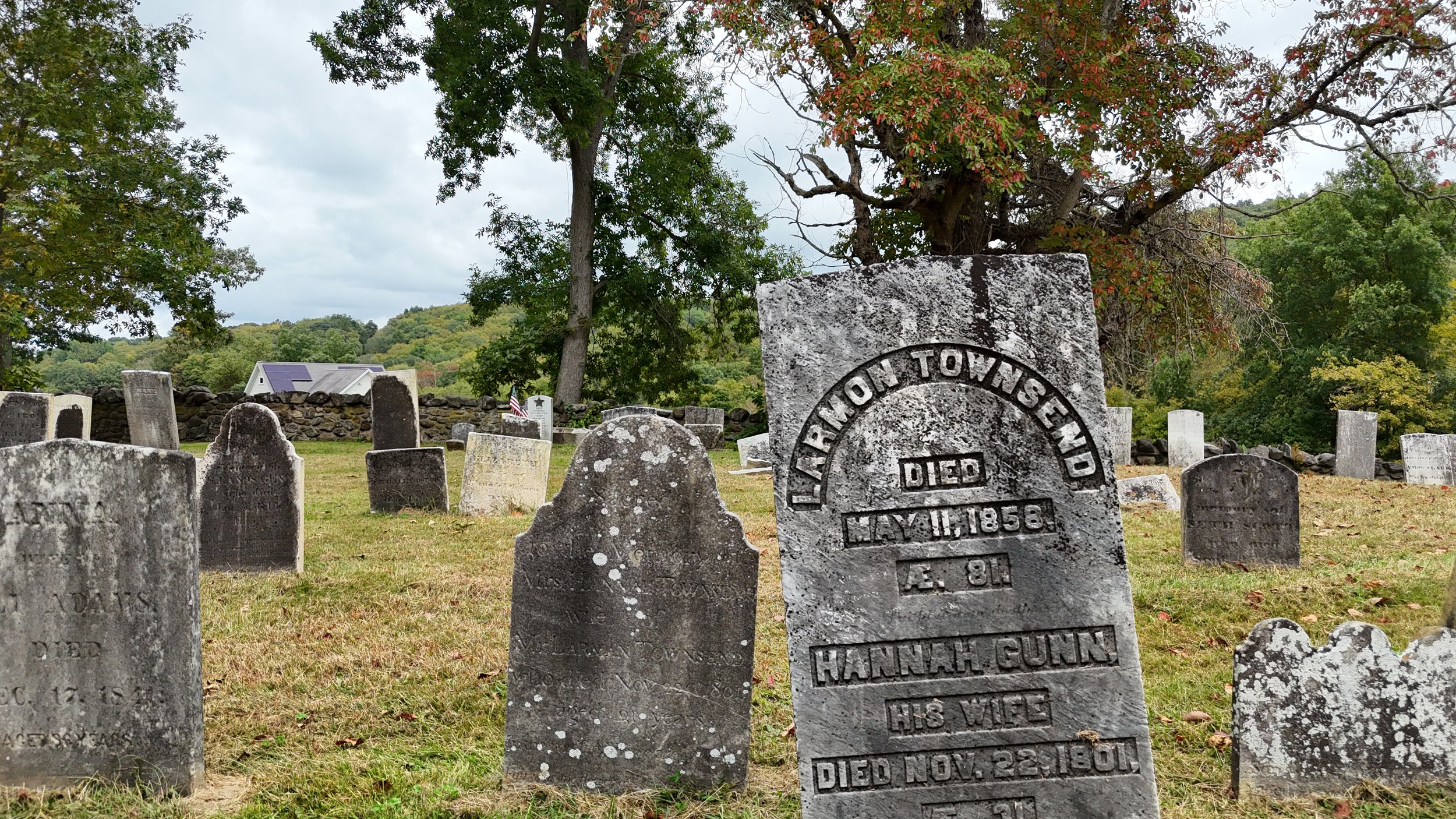
Gunntown Cemetery - 9/23/2024 Photo Credits: Taylor Bennett
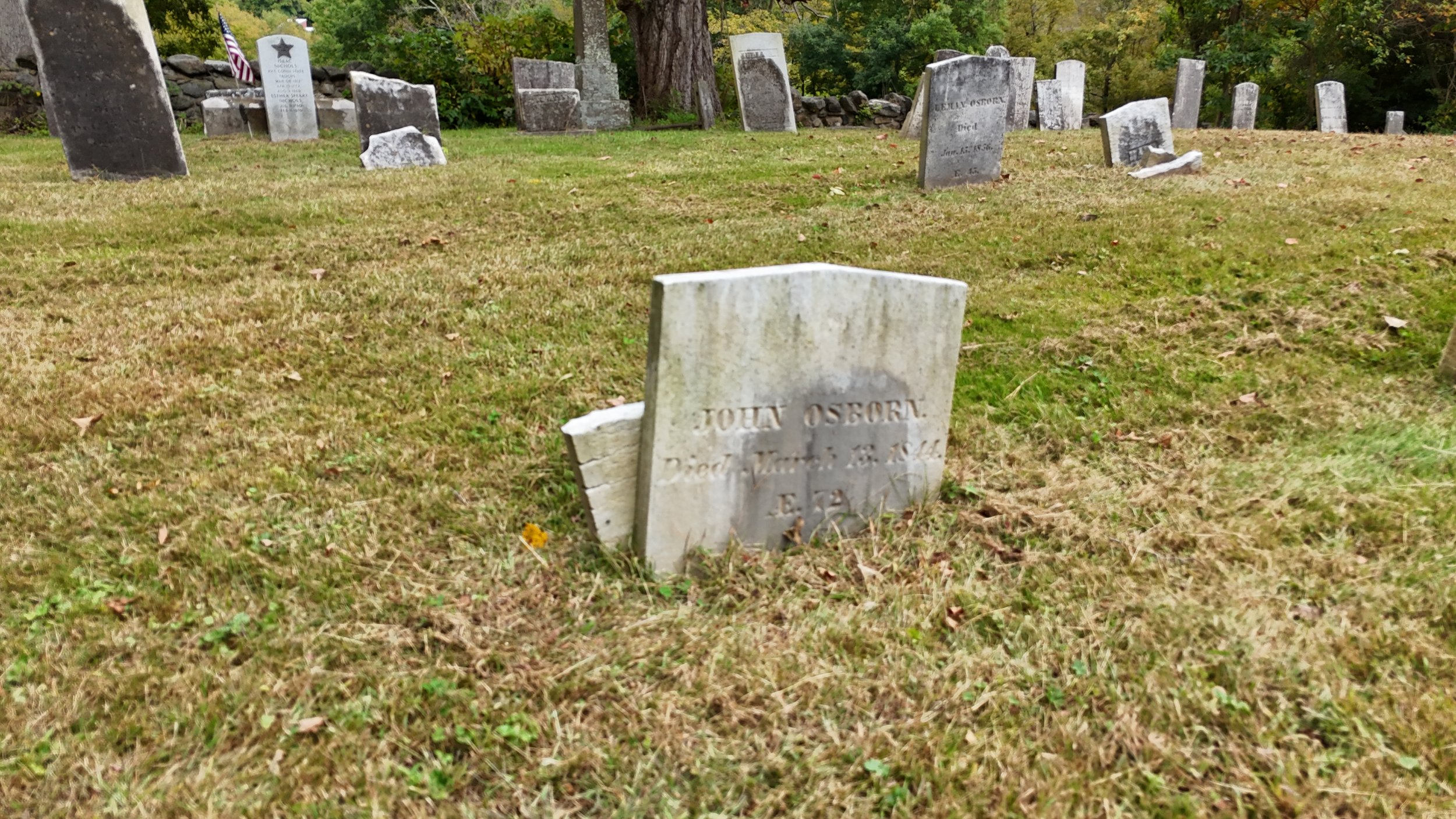
Gunntown Cemetery - 9/23/2024 Photo Credits: Taylor Bennett
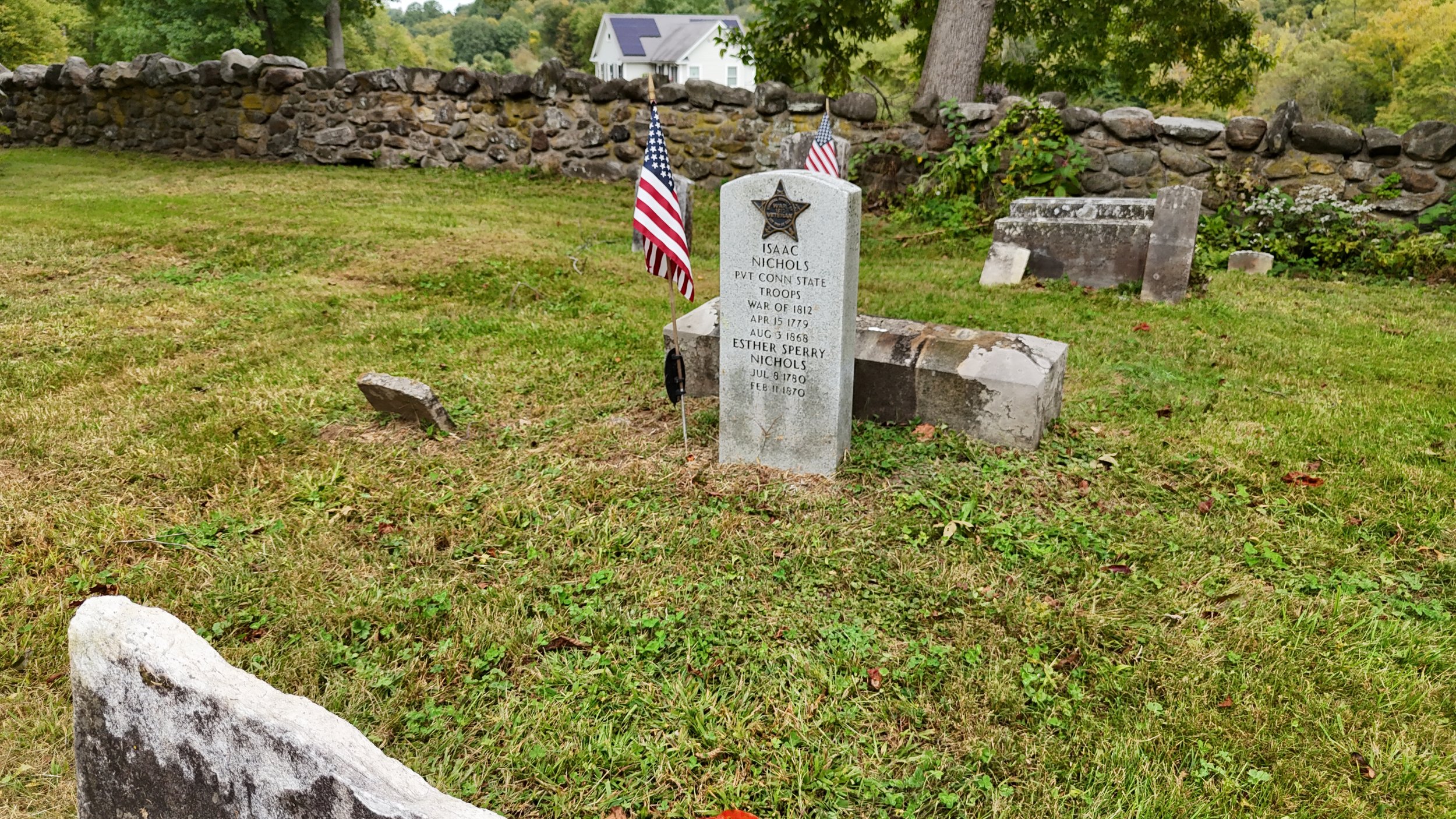
Gunntown Cemetery - 9/23/2024 Photo Credits: Taylor Bennett
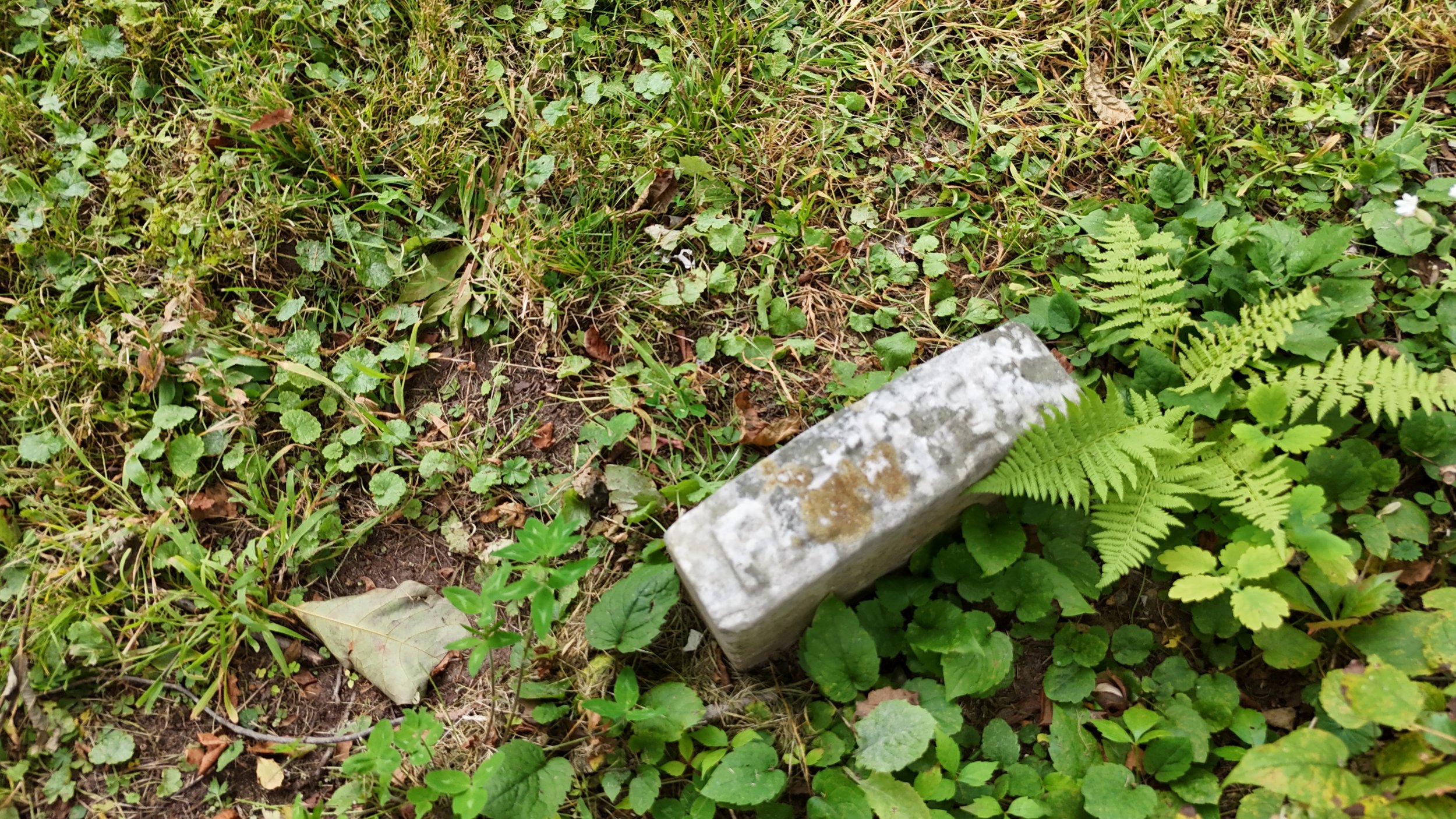
Gunntown Cemetery - 9/23/2024 Photo Credits: Taylor Bennett

Gunntown Cemetery - 9/23/2024 Photo Credits: Taylor Bennett
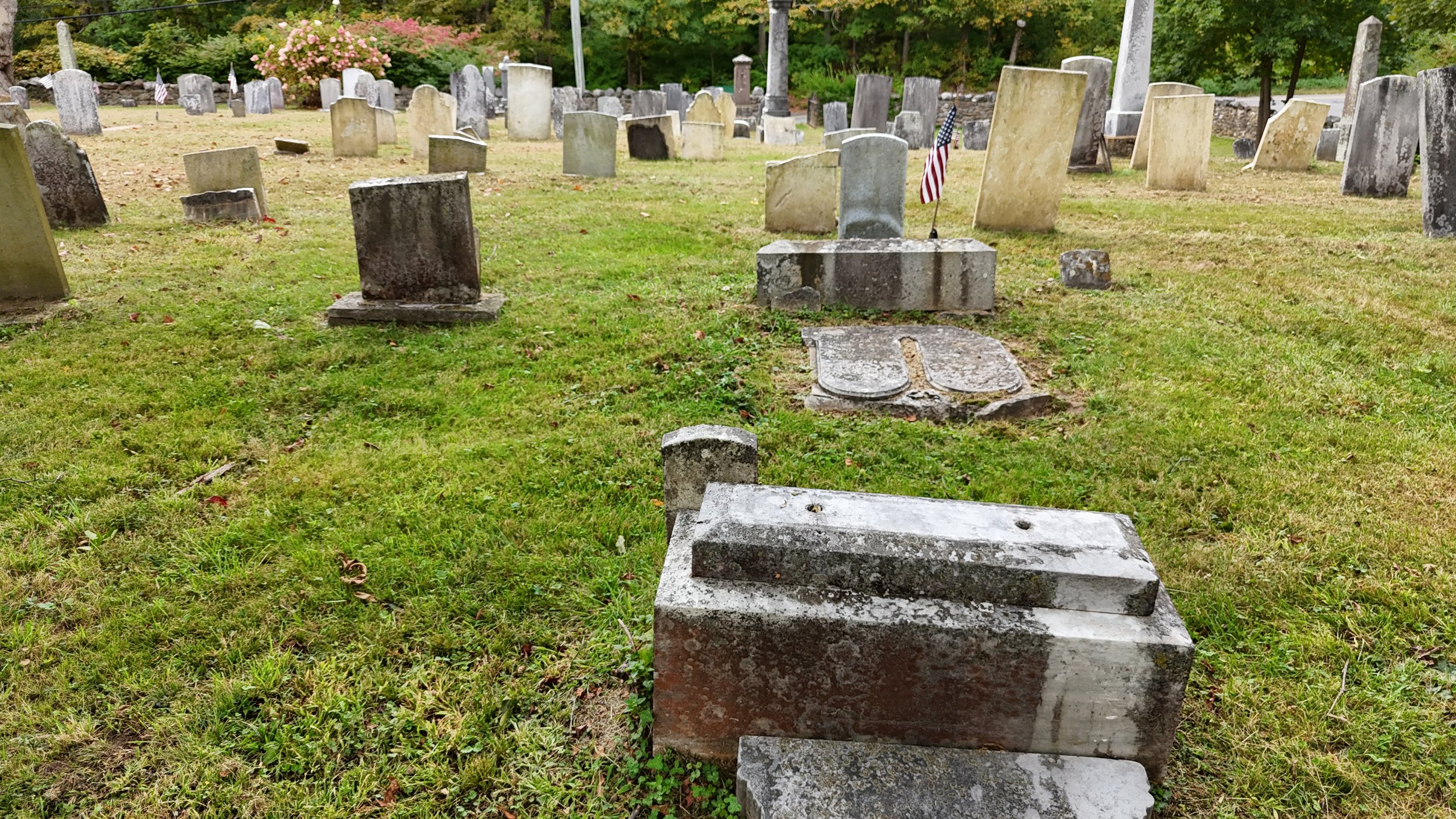
Gunntown Cemetery - 9/23/2024 Photo Credits: Taylor Bennett
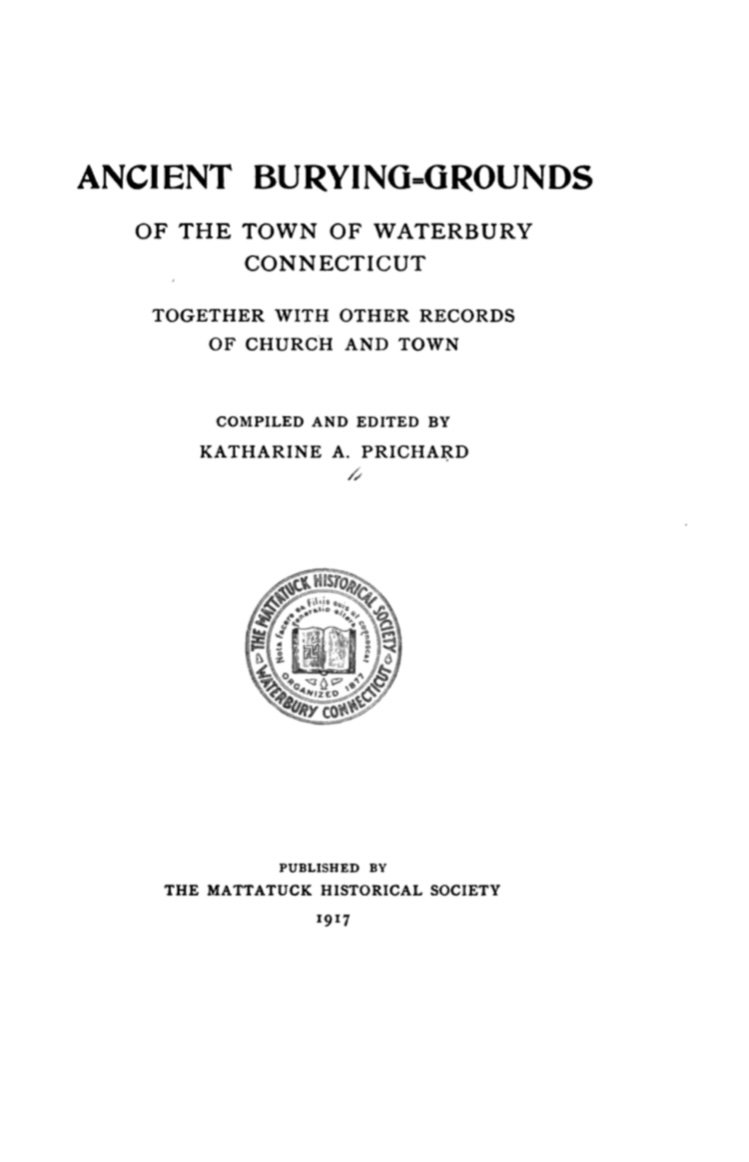
1917
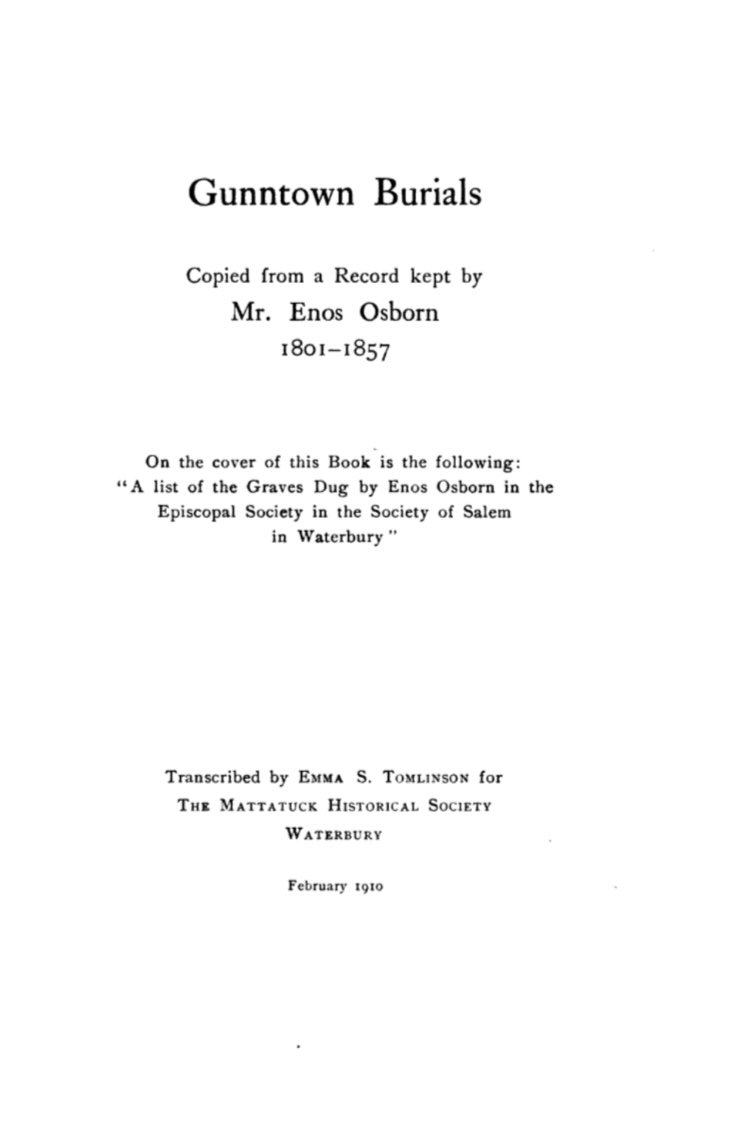
1917
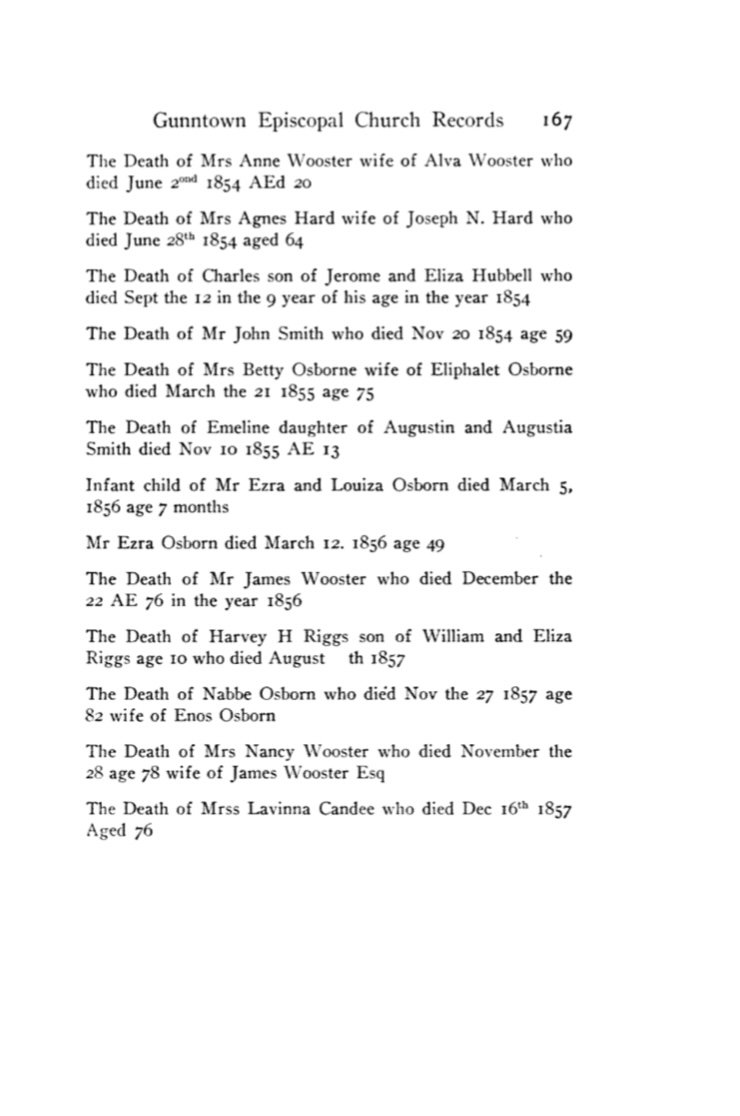
1917
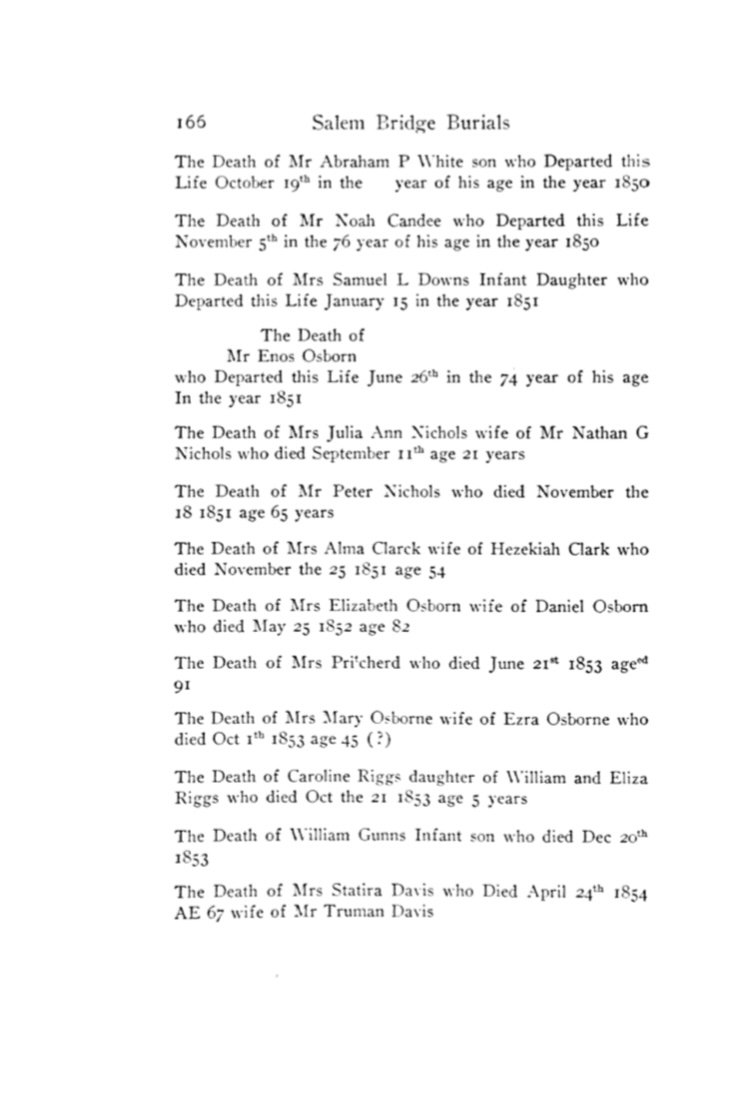
1917
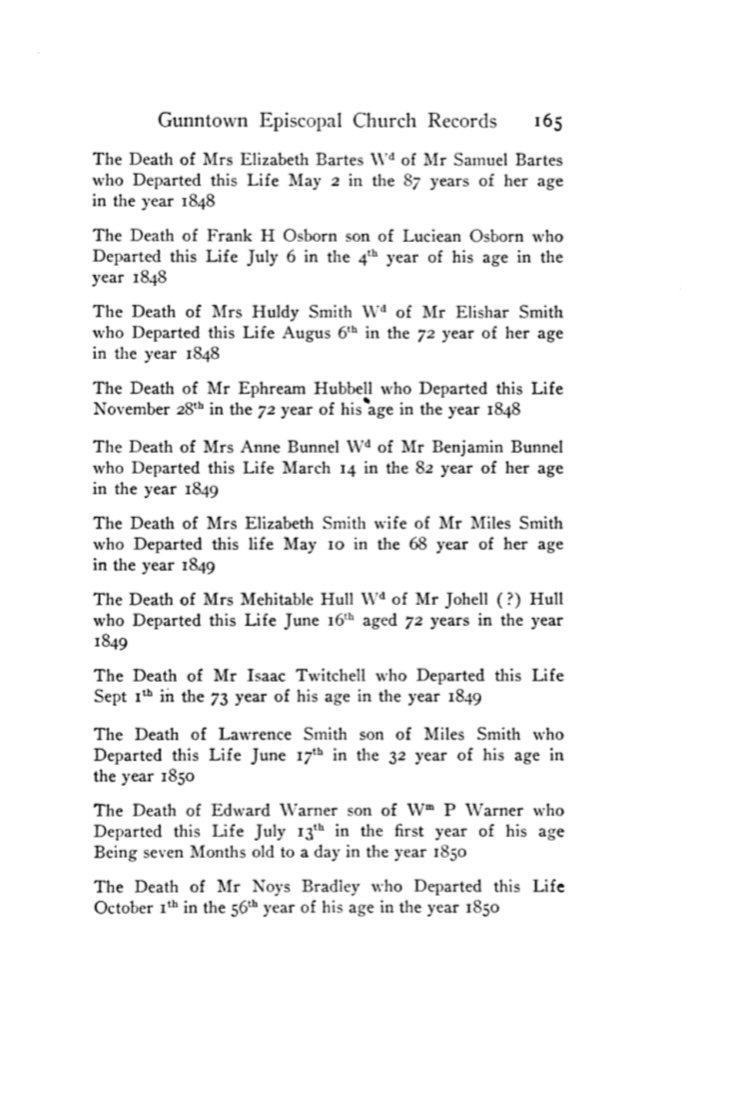
1917
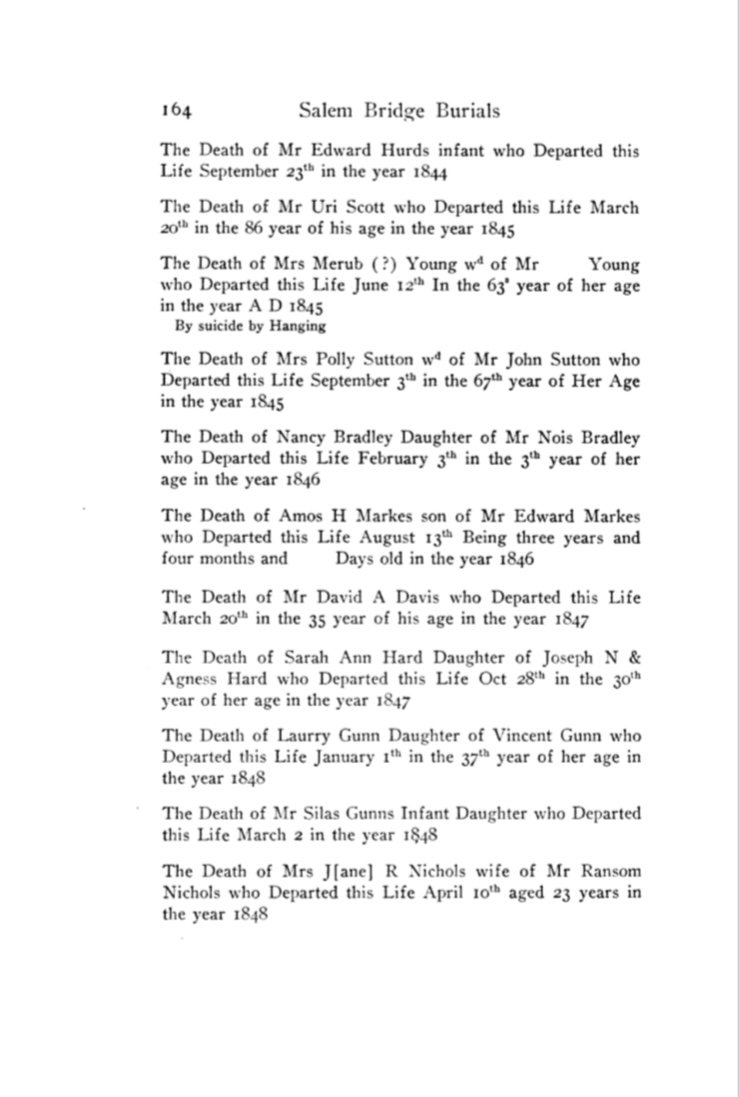
1917
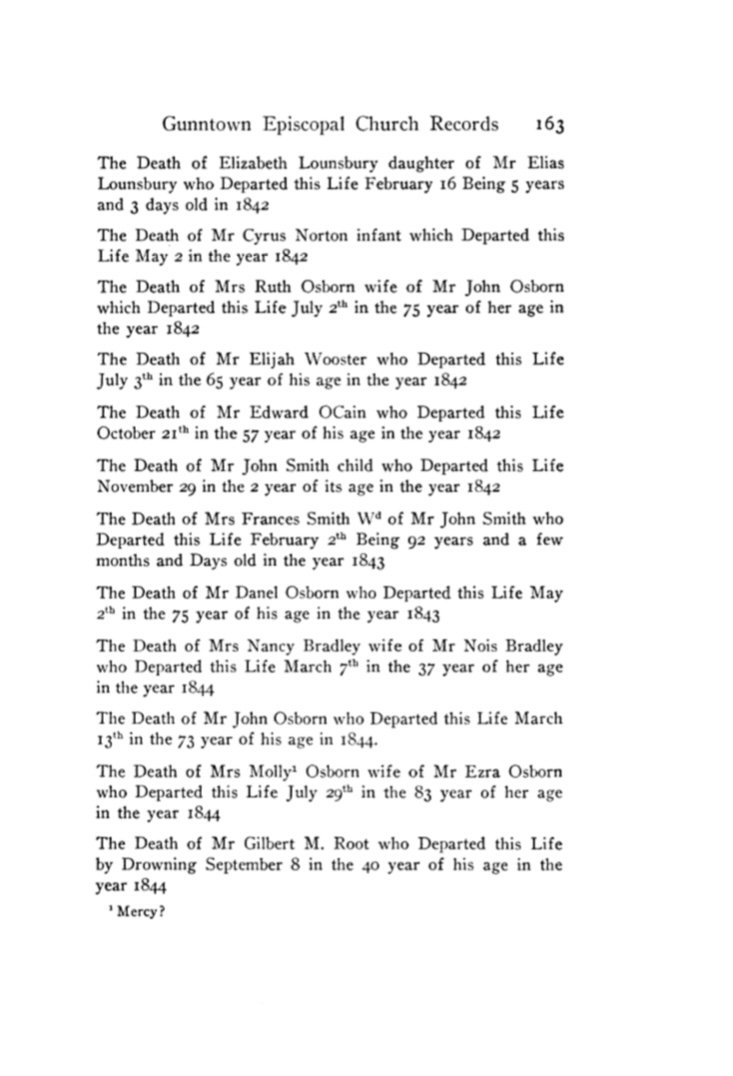
1917

1917
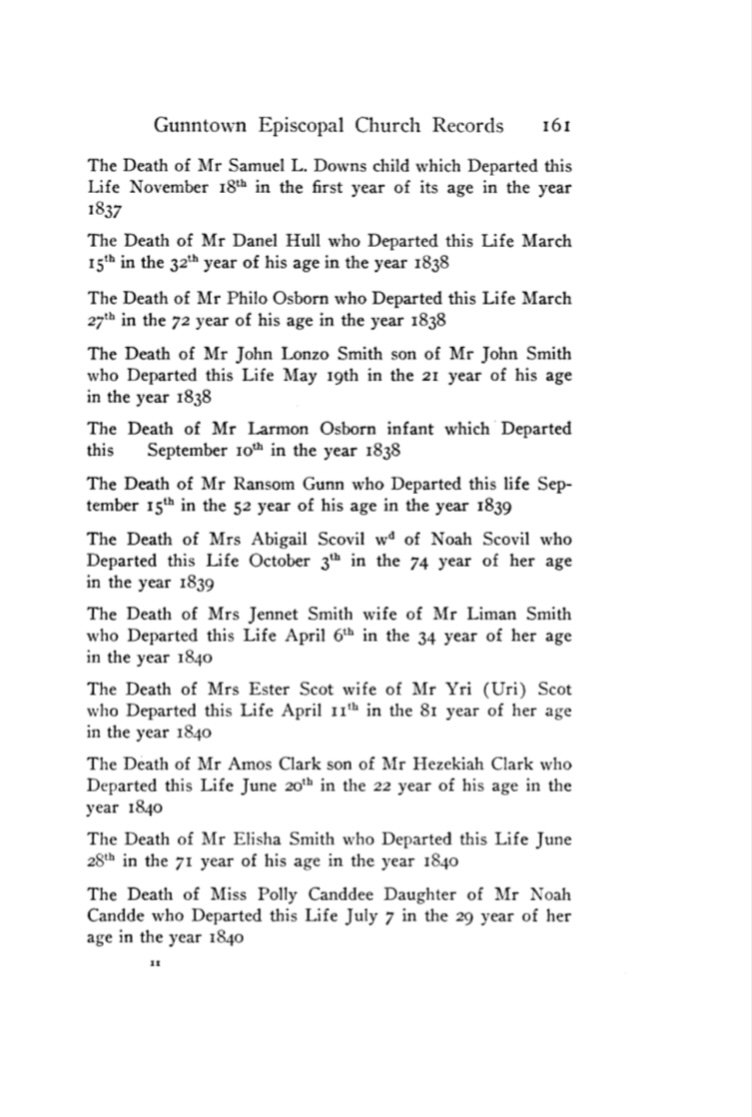
1917

1917
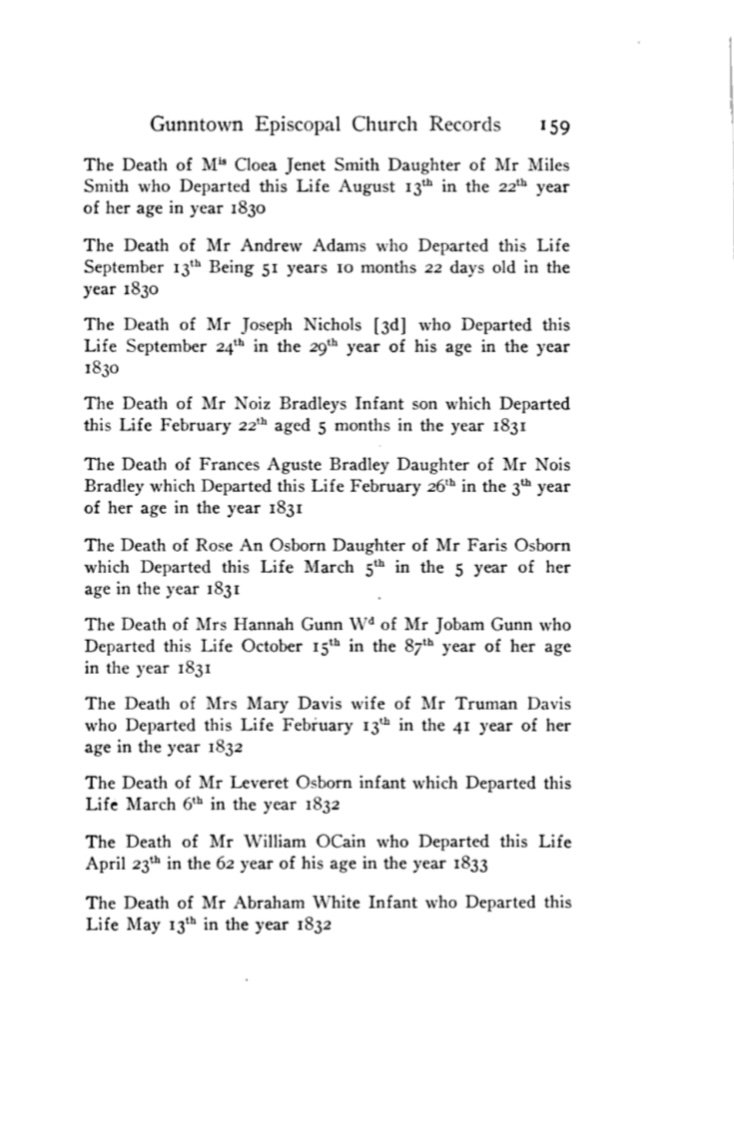
1917
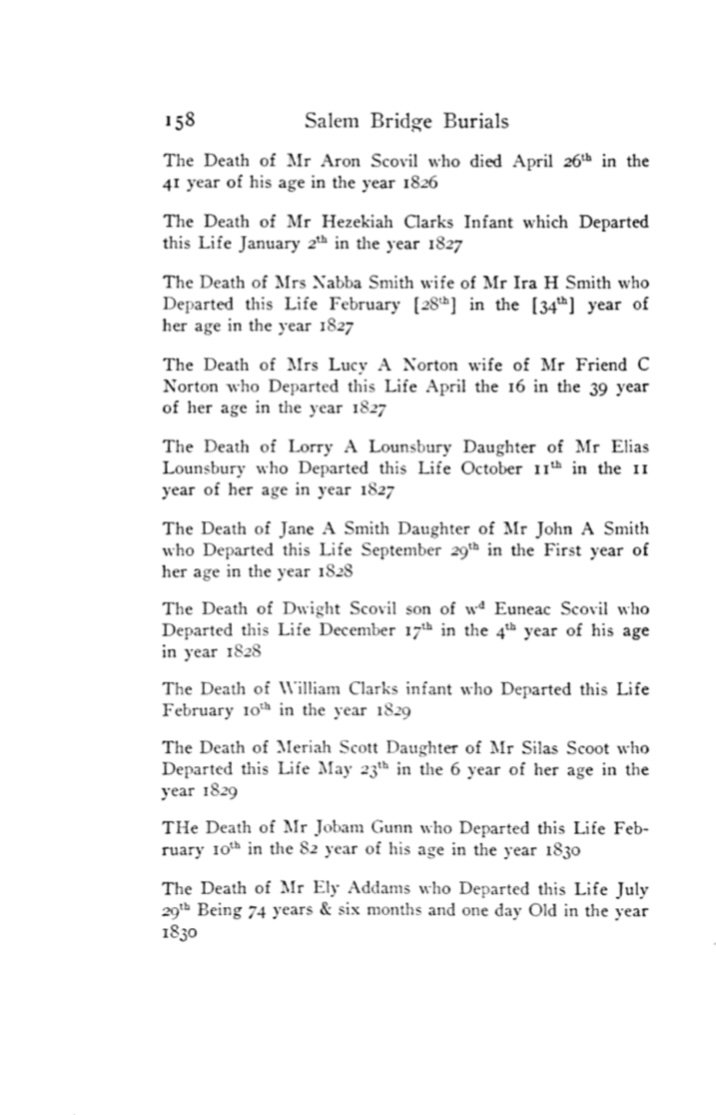
1917
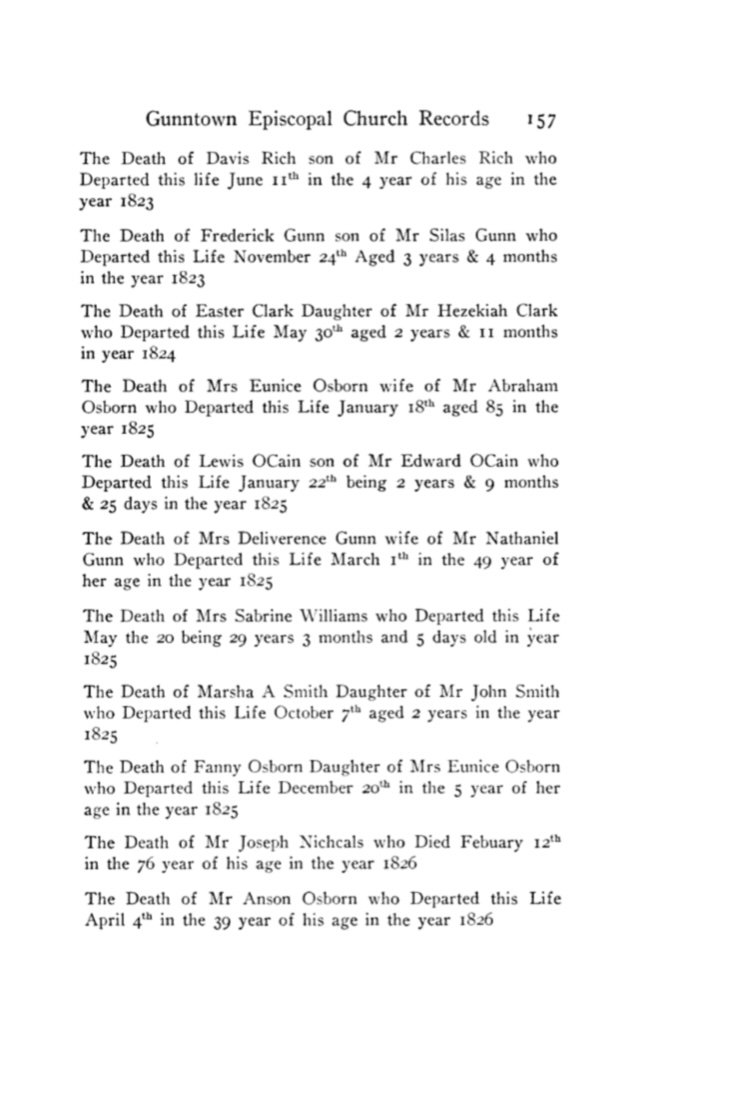
1917

1917
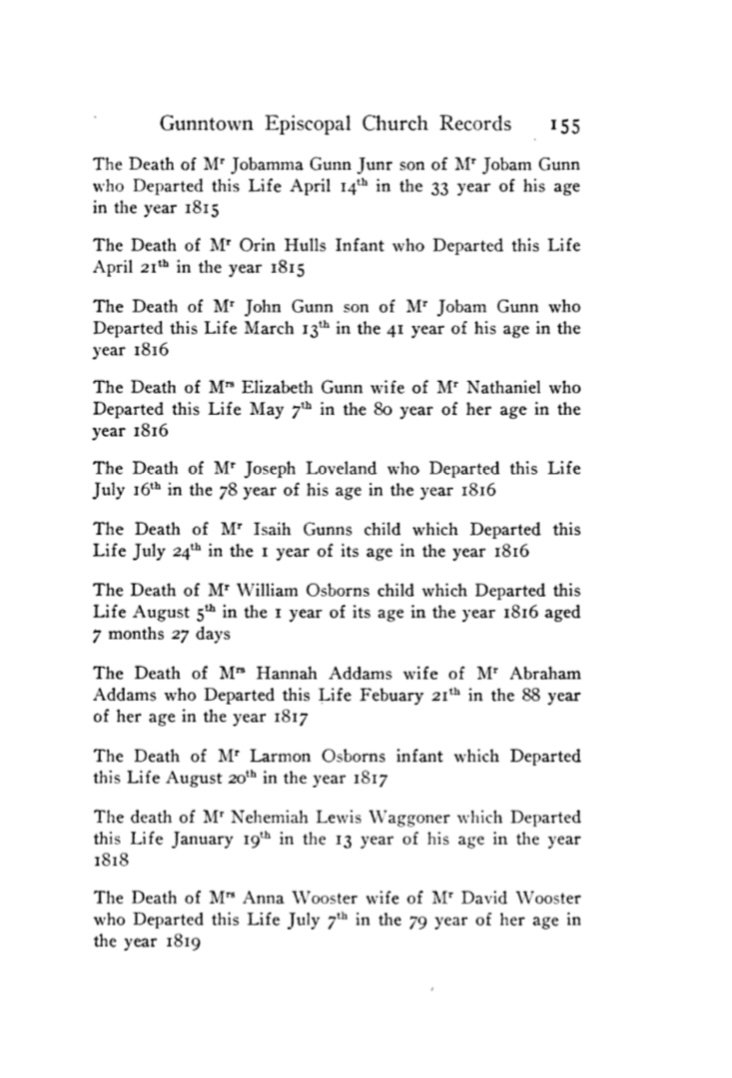
1917

1917
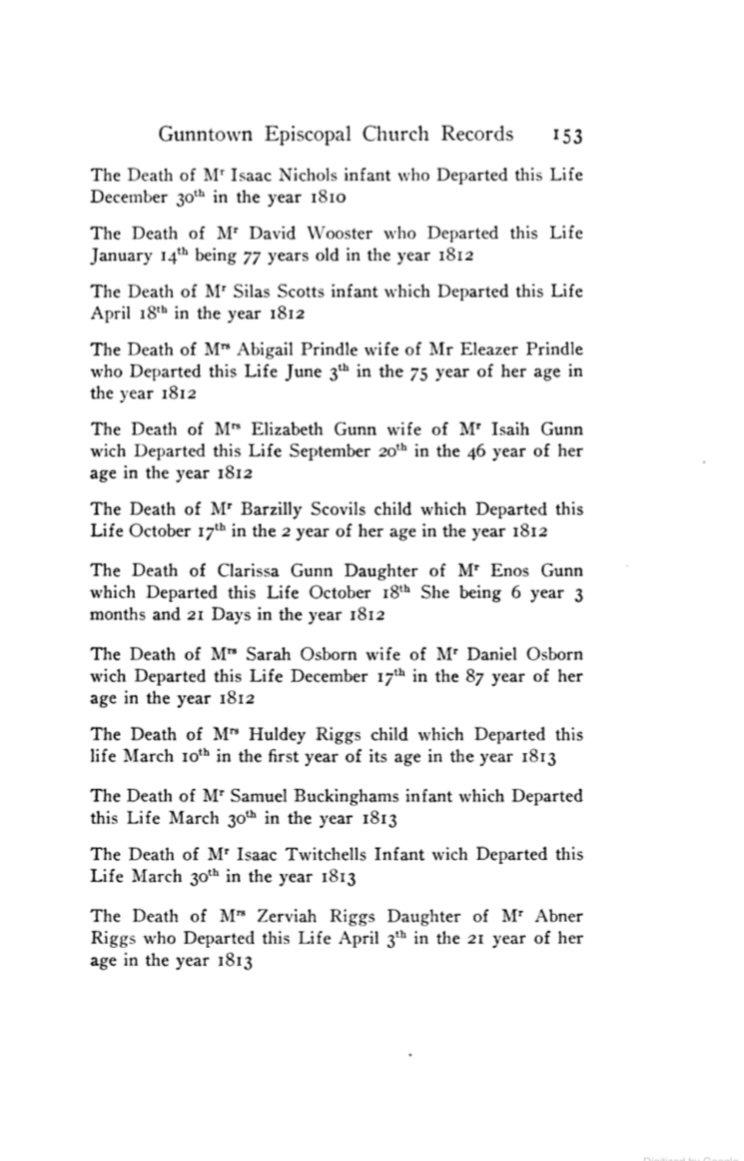
1917
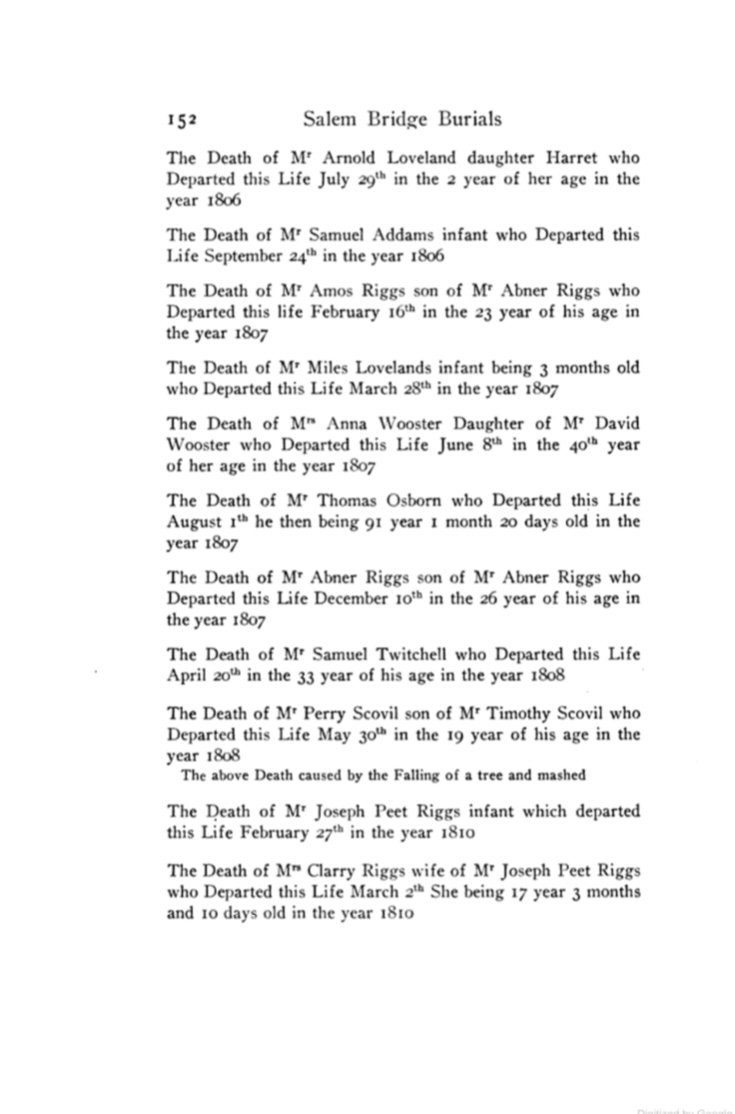
1917
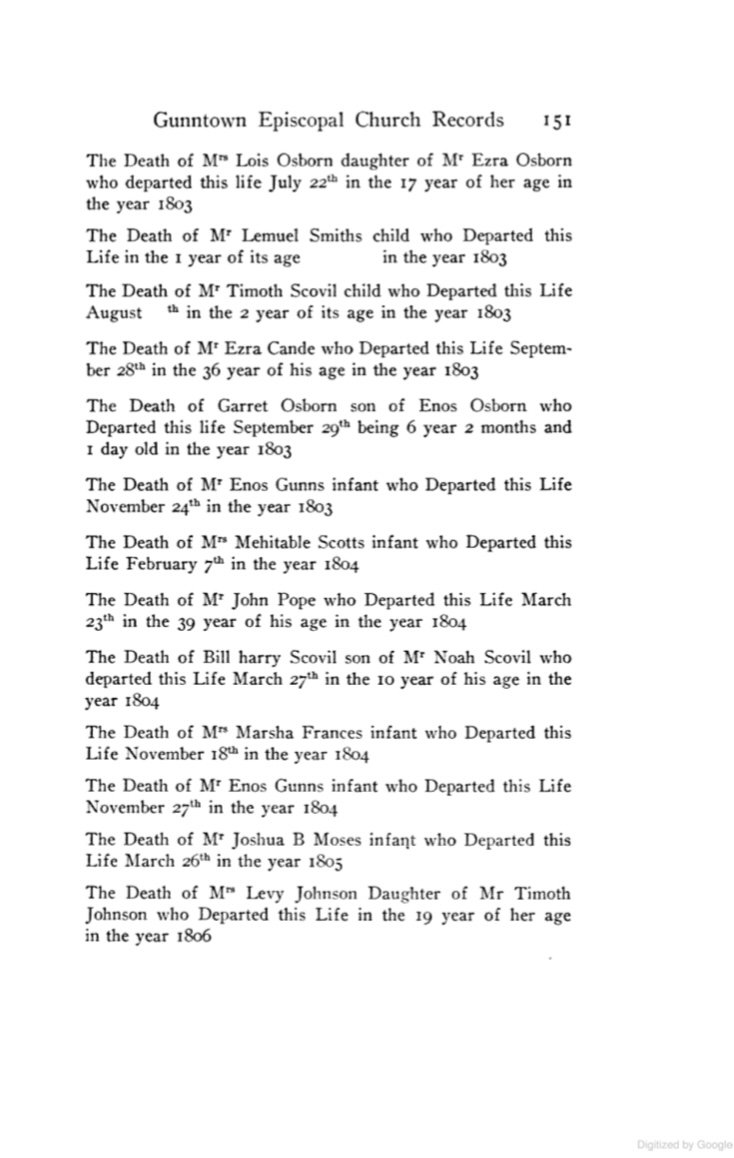
1917

1917
